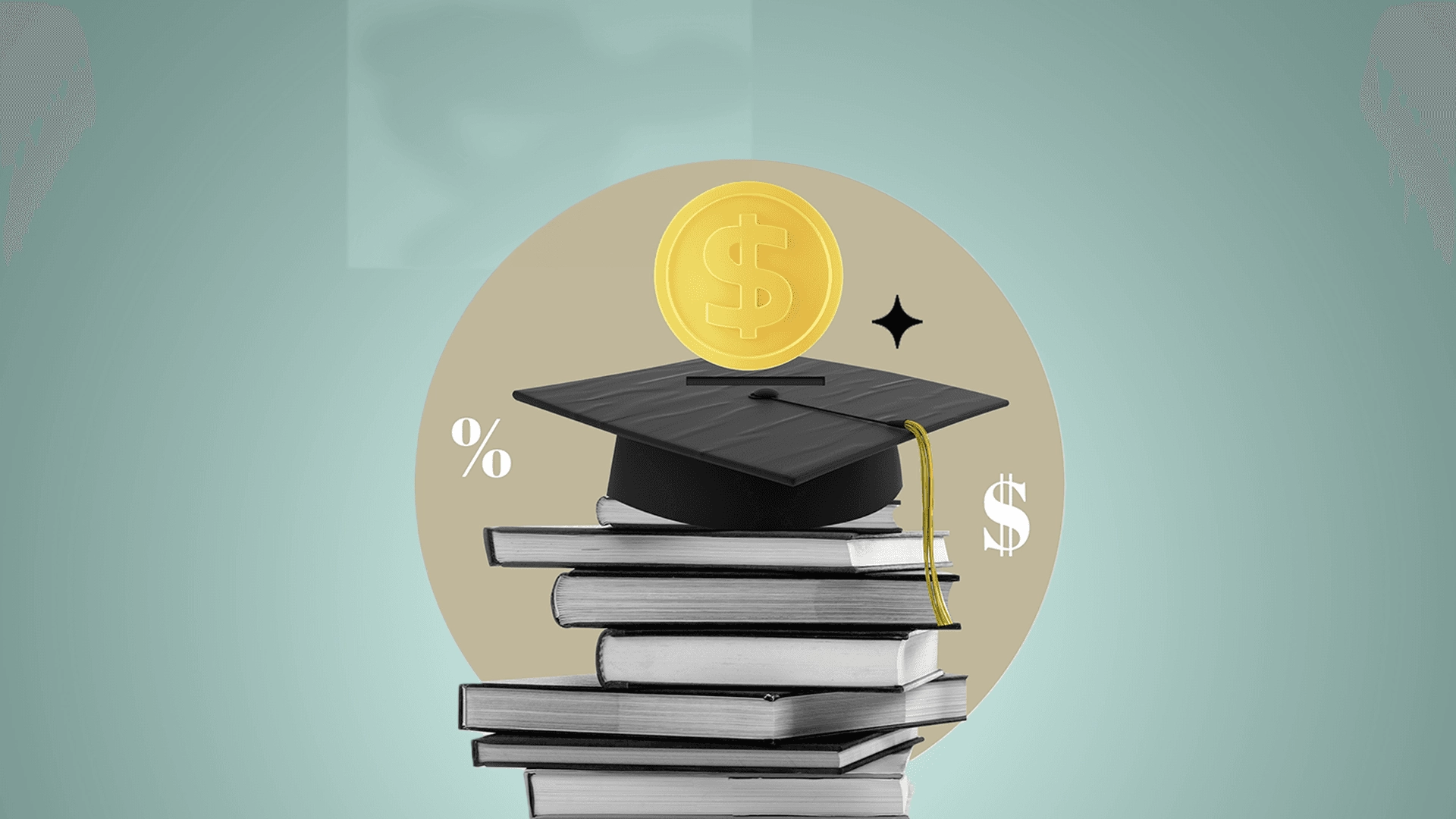Note that there are lifetime aggregate limits for unsubsidized and subsidized student loans. You can’t borrow more than $57,500 for your undergraduate degree, and your limit for undergraduate plus graduate school is $138,500.
Direct Plus Loans don’t have set limits like other Direct Loans do. Instead, Direct Plus Loan limits are based on your school’s cost of attendance. You can borrow up to the school’s cost of attendance minus other financial aid.
For example, if a school’s cost of attendance is $11,000 a year, your child can only borrow up to $5,500 for their first year, which isn’t enough to cover all the expenses. You can get a Parent Plus loan for the remaining $5,500.
Fees
As with interest rates, loan fees are uniform and based on the type of loan:
- Unsubsidized and Subsidized (undergraduate and graduate): 1.057%
- Plus (Parent and Grad): 4.228%
Everyone pays these origination fees based on the date of the first disbursement. Current fees will remain unchanged through October 1, 2025, and might change in the future.
Payment options
Once you leave school and your grace period ends, you enter repayment. If your enrollment drops below half-time, you’re considered to have left school, even if you haven’t graduated. Your grace period is six months following when you leave school.
If you have different types of loans from different degrees, it might make sense to combine them into a Direct Consolidation Loan before choosing a repayment plan.
Income-driven repayment (IDR) options also exist for those whose low income makes it difficult to manage a “regular” plan. Each IDR plan has its own criteria. Work with your servicer to determine which plans you qualify for.
Standard
This payment plan calculates a fixed monthly payment designed to ensure that you pay off your debt within 10 years, or within 30 years if you consolidated your loans.
Graduated
Graduated payments are designed to be lower at the beginning of your repayment period. Over time, monthly payment amounts increase. If you think your income will increase over time and you’ll be able to handle the higher payments, this can be an attractive option that results in your debt being paid off within 10 years (30 years if you consolidate).
Extended
If you have more than $30,000 in federal student loans, you can choose this repayment plan, which ensures that you pay off your debt within 25 years. The extended plan allows you to choose a fixed or graduated payment, depending on what you think will best meet your needs.
Pay As You Earn (PAYE)
This IDR plan is available to borrowers who first received a Direct Loan after October 1, 2007. Additionally, you should have received a disbursement after October 1, 2011, to take advantage of this plan. Your payments are capped at 10% of your discretionary income. The repayment period is 20 years. If you still have a balance after 20 years, the remaining balance is forgiven.
Income-Based Repayment (IBR)
Another IDR plan, IBR’s benefits are based on when you first received a Direct Loan disbursement:
- If you first borrowed before July 1, 2014, your payments are capped at 15% of your discretionary income and your remaining balance is forgiven after 25 years.
- If you first borrowed after July 1, 2014, your payments are capped at 10% of your discretionary income and the repayment term is 20 years, after which the remaining balance is discharged.
Income-Contingent Repayment (ICR)
This is the only plan that allows you to include Parent Plus loans in a consolidation. Your maximum monthly payment is either 20% of your discretionary income or what you would pay on a 12-year fixed payment plan that is adjusted for your income, whichever is less. After 25 years of paying, your remaining balance is forgiven.
Who is eligible for federal Direct student loans?
Just about any U.S. citizen attending an eligible school at least half-time is eligible to receive a Direct Loan. You generally need a Social Security number to qualify and must show that you’re making satisfactory academic progress. You also can’t be in default on other federal loans.
To qualify for a subsidized loan, you need to show financial need. The information you provide on your Fafsa will help determine your eligibility.
Plus loans require a quick credit review, but the process only checks for adverse credit history. Your credit score isn’t considered, but if you have certain items in your history, such as collections, tax liens or serious delinquency, you might not qualify for a Parent or Grad Plus loan.
How to apply
It’s important to understand that you must apply for federal student loans every year. Here are the steps to apply:
- Fill out the Fafsa: You must fill out the Fafsa to receive any federal student aid, including student loans. The Fafsa for the following academic year opens on October 1 of each year. So, the Fafsa for the 2026-2027 year will open on October 1, 2025.
- Submit your Fafsa: When completing the Fafsa, you’re asked to provide the schools you’ve applied to. The schools must receive your information from the government in order to put together a financial aid package. Review your entries and make sure you select schools. Then, submit your Fafsa.
- Watch for a financial aid letter: Schools provide your financial aid letter, which includes any grants, scholarships, work-study and student loans you’re eligible for.
- Accept your student loans: Once you receive your letter, you need to decide which financial aid you plan to accept. If you want the student loans, accept them through your school’s financial aid office.
- Sign your paperwork: You typically need to complete student loan counseling and sign a master promissory note. Once you finish these tasks, you’re eligible to receive your loan disbursement.
- Verify your loan disbursement: The government disburses funds directly to your school. The school then applies the money to your outstanding balance. If there’s anything left over, you can keep it in your school account for future costs or have it deposited in your bank account.
FAQ
What is the Student Aid Index?
The Student Aid Index (SAI) is used to determine how much financial aid you need. It’s a number between -1500 and 999999. The higher the number, the less likely you are to need help paying for school outside your family resources. On the other hand, if you have a -1500, you’re likely eligible for the maximum amount of available federal student aid (including the Pell grant).
What is the FSA ID?
Your Federal Student Aid (FSA) ID is the username and password you use to access your information on the systems related to the U.S. Department of Education. You need to create an FSA ID to fill out the Fafsa, check the status of your student loans and complete other related actions.
Can I consolidate my federal Direct Loans?
Yes, you can consolidate your Direct Loans. This can make it easier to make payments and help you become eligible for certain IDR plans.







